Introduction
Backend Development Services are becoming more strategic for companies wanting to remain competitive in a tech-first world. In 2025, the backend is not only databases and servers, it is also automation, security, scalability, and integration. The backend is a key element ensuring that content will be delivered smoothly. Secure user data management: Real-time communications.
Whether you’re managing software as a service, running an online store, or developing customized apps to improve your in-house operations. The backend technologies you’re using are the engine that keeps you growing. Staying on top of technology, serverless architecture, AI-driven automation, and hybrid databases will enable you to build systems that are performant and very well structured.
In this post, we’ll delve into the most influential backend technologies 2025 brings! You can even learn how Central can help with a backend virtual assistant for tech or outsourced backend development services to help scale your systems without the need to grow your in-house team.
Sound interesting? Then join us as we explore the trends that will define backend development in 2025, and how to implement them smartly, efficiently, and affordably.
AI-Powered Backend Automation
Artificial Intelligence is not confined to customer-end tools but rather is changing backend development too. One of the notable backend development trends for 2025 is AI-driven integration, making systems work smarter, faster, and independently. Whether honing server load or predicting behavior, AI is enabling companies to tweak even the wires in their infrastructure on the fly.
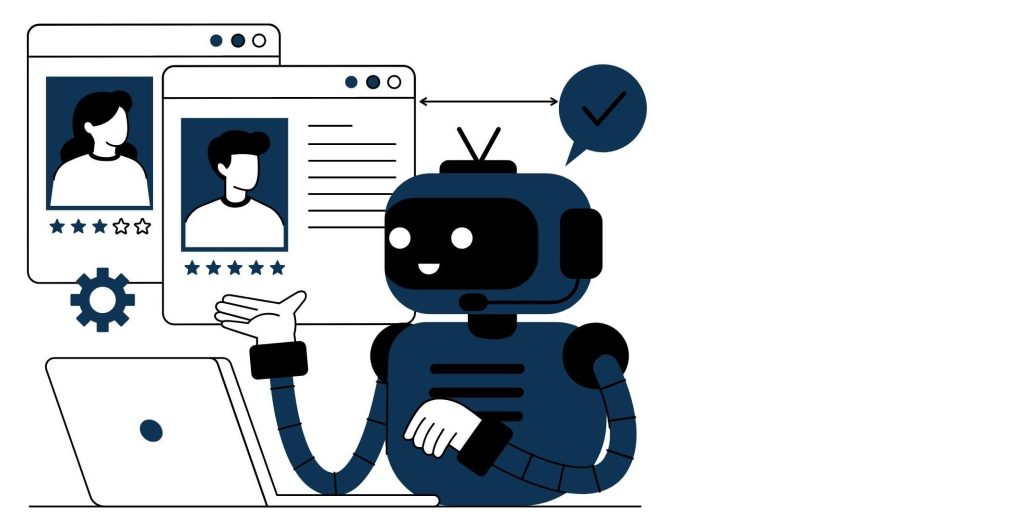
Back-end AI can determine and dynamically assign resources to meet real-time usage patterns, and see the anomalies before your company is impacted by a service outage. And also execute workflow automation using predictive analytics. These systems are constantly learning, improving, and adapting as more data comes in. AI prominently has this superpower that it can lower server costs with load distribution in the best possible manner, or else scale an application before the peak period arrives.
Nowadays, backend VAs are also a must in such an environment 16. A proficient VA can assist in integrating AI solutions, configuring automation jobs, and tracking the performance of the system. They can even help create alerts and train AI models using your data and generate backend performance reports to inform new business decisions.
Why It Matters:
- Automates the complex backend processes and decision-making.
- Improves operational efficiency with predictive algorithms.
- Improves dependability with intelligent error detection and recovery.
Business Tip:
Combine AI with a backend VA to free up workload, increase uptime, and make your tech stack in 2025 agile and data-driven.
Event-Driven Backend Architecture
Those who see the glass half full instead conclude that as businesses and digital pressures increase, systems need to become more responsive, resilient, and adaptive. This is where the event-driven backend comes into play. Event-driven systems differ from classic request-response models in that they respond to “events”, the clicking of a user, the update of a piece of data, or a call to a service. This methodology enables back-end platforms to do async work in a more effective way and scale out.
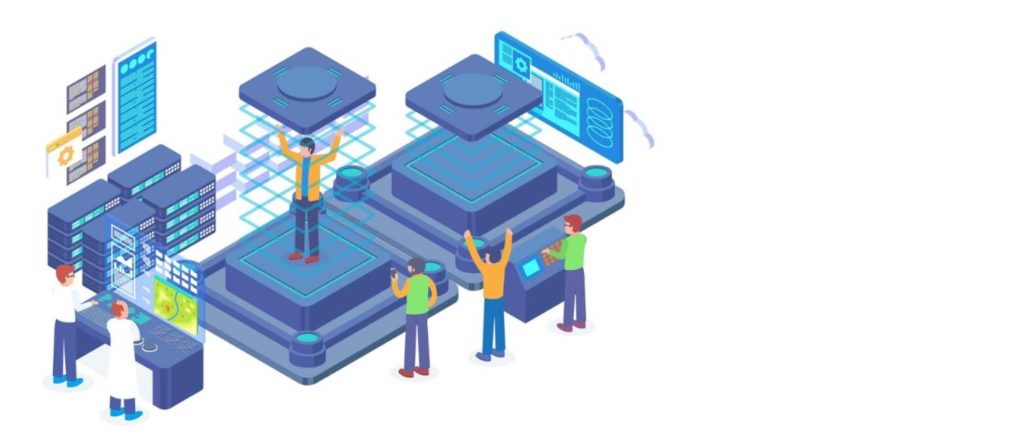
So, in 2025, the backend development services will largely be shaped around this model to build next-gen web and mobile apps. Whether it is a food delivery app that is taking care of a number of active orders simultaneously or a logistics provider that is able to track packages across the nation, event-driven architectures provide the low latency necessary to take care of user actions that are happening at the same time without slowing down.
These kinds of architectures can be built on top of technologies such as Kafka, RabbitMQ, and AWS EventBridge to produce loosely coupled, service-oriented, composable components within an architecture that scales simply by adding other microservice units that communicate via event queues. This way, developers can focus on bugs, scaling the individual parts, and other observability-related development work without having to interfere with other things in a single system.
Backend VAs help us as well by handling queues, registering events, and watching error logs. Their participation can be useful in terms of managing latency, identifying bottlenecks, and providing for a seamless transition between microservices.
Benefits:
- Easily manages surges in user traffic.
- Improves modularity and fault tolerance.
- Scales to millions of actors in real-time systems and applications.
To strategically carry out this architecture, you might want to go for offshored backend development or a VA specialised in queue-based event processing. They will set up, test, and monitor your ecosystem to prevent any downtime and costly outages.
Database Flexibility: SQL + NoSQL
As we look to 2025, database flexibility is a must-have for modern applications. With greater data richness and a variety of use cases, enterprises are adopting hybrid models of using both SQL and NoSQL databases. This is the future of smart back-end development services; it’s the best of both worlds, improving structure and potential for growth that works for you.
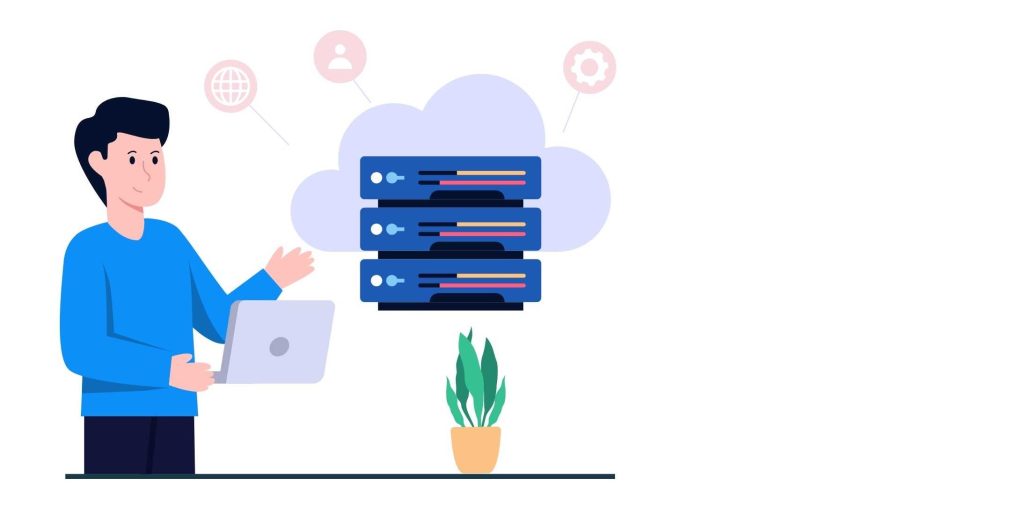
A SQL database is good for relational content. However, NoSQL handles semi-structured and unstructured information, aligning with scalable, cloud-based applications.
Together, NoSQL and SQL can help businesses maximize storage and access of data. For example, SQL is good for core financial transactions, while NoSQL can be used for user-generated content or real-time feeds.
Backend VAs are a great asset in this regard. They assist in the installation, monitoring, and maintenance of the two types of databases. Tasks might be creating indices to speed up queries, creating a replication, implementing user roles, and doing a backup in a secure way.
Why It Matters:
- Fits a variety of application use cases with dedicated storage types.
- Performance and scaling of the queries have improved.
- Minimizes downtime and enhances disaster recovery through efficient data distribution.
Business Tip:
When in doubt as to which database you should use for your business, speak to a backend development services expert. A virtual assistant on the backend, for example, can be used to execute a hybrid database strategy. And also interface APIs to synchronize data across clouds, monitor query performance, or perform periodic data clean-ups, without the expense of hiring a dedicated database administrator.
A hybrid SQL + NoSQL model not only addresses technical requirements but also provides a flexible backend foundation that scales with your business.
How a Virtual Assistant Fits into the Modern backend development services?
In the fast-paced and technologically challenging world of today, the backend has to be agile, secure, and in check. Hiring full-time guys to look after every back-end task might not be attainable for a great many companies, not today, at least. This is where a backend virtual assistant is priceless. These are top-class programmers who contribute remotely and help your development team with core backend development, and help you keep operational costs low.
You can delegate a lot of day-to-day tasks for your core developers to your backend VA. From looking after cloud infrastructure to doing API testing, they get to be quite techy and well-rounded. If you operate on AWS, Firebase, or Supabase. A backend VA can do on-call server uptime checks, take care of deployment environments, and enforce security practices.
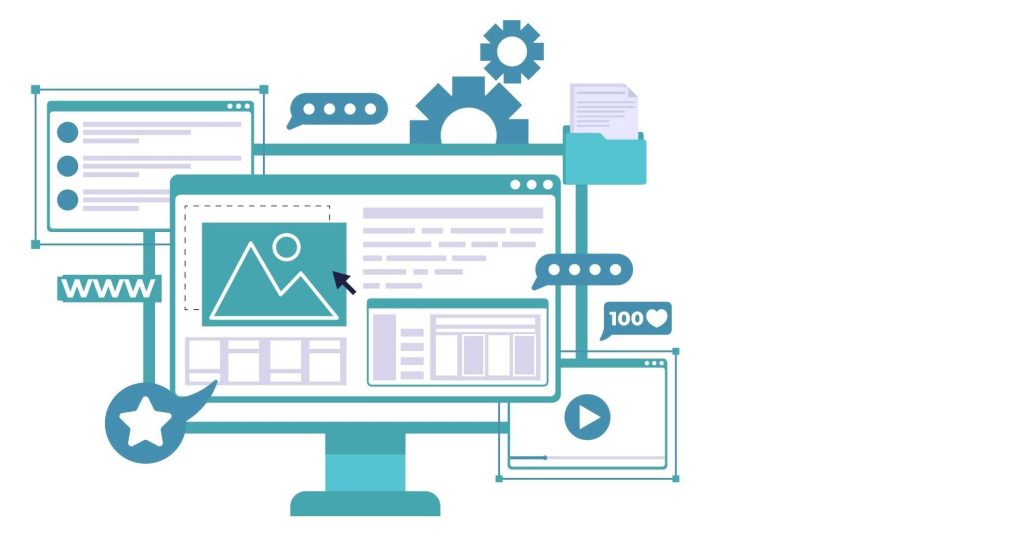
They are also responsible for writing/debugging the backend scripts in languages like Node. JS or Python. And participate in documentation, workflow management (Swagger, Postman, and Git) contributions. They allow your core developers enough breathing space to tackle more complex architecture and innovation-based tasks.
And they are not just limited to a specific department, as backend VAs can work across departments. Whether converting business needs into backend logic or creating performance reports that can be utilized to effectively plan for growth. They offer the flexibility, accountability, and continuity of working remotely and tend to appeal to activists who might live in places where it is impossible to find a therapist specializing in EMDR.
Key Support Areas in backend development services:
- Basic back-end operations such as log monitoring, data cleanup, etc.
- Infrastructure ownership (AWS, Supabase, etc.).
- API development and testing.
- Backend scripting & bug fixes.
- Performance reporting and documentation.
With a backend VA included in your tech workflow, you end up being able to do so much more, with no need to grow the team you have in-house. It works especially well for organizations that outsource their backend development and are dedicated to their daily business.
Now it’s not a matter of “should we hire prefab virtual assistants?, It’s a question of who we can get this talent from and where. AI-powered Trainable Backend Virtual Assistants are no longer somewhere to turn for help and are not an “option” but are now strategic assets for the expanding tech teams!
Things That You Can Outsource to a backend development service
A backend virtual assistant is not just about support; they’re integral to the backend running smoothly, growing with users, and being efficient. As the backend becomes more complex, businesses help their permanent team by delegating repetitive tasks to an external team.
Such delegated tasks keep the lights on day to day and allow internal teams to spend more time innovating, improving performance, and meeting long-term product goals. A good back-end VA (virtual assistant) maintains systems so you do not have to.

Here are some of the high-value tasks you can assign to a backend VA:
- Server-side data validation and management for clean, structured, and compliant data sets.
- working with restful testing, such as API integrations and (posting issue information) testing, scripting using Postman, and monitoring for response time errors.
- Monitoring deploy environments, alerting on invalid versions, and validating releases.
- CMS backend customizations (plugin configurations, security patching, setting up custom fields in WP/headless CMS, etc.).
- Processes, workflows, delegation, and automation around version control and repository management (Git), including pull requests, issues, etc.
- Database backup schedule, error logs, machine uptime reports, and backend health checks.
- Performance reporting and analytics documentation to monitor speed, user load, and system stability
Due to higher usage of automation and cloud-enabled workflows, backend VAs will need CI/CD pipelines. An automated backup process, or integrated platforms.
To be sure, it doesn’t mean that you can treat your in-house devs like hired guns, but you can have them work on projects. That truly drive growth, like optimizing infrastructure for scale or building new features. At the same time, it makes sure that no critical maintenance tasks are overlooked.
When businesses utilize outsourced backend development, they usually match up backend VAs with senior devs to cover both technical and operational layers. We can boost production, maintain lean staffing, and maximize budgets by working together.
At the end of the day, understanding what to delegate and to whom is a form of growth strategy.
Security and Reliability: What You Can Expect from an Experienced Backend VA
Security is a fundamental and non-debatable part of back-end development in the modern world. You have to ensure trust, data integrity, and confidentiality are in place during the line of cooperation with the backend VA. Fortunately, good VAs are educated in more than backend platforms; they’re educated in protocols that adhere to an enterprise-grade security standard.
Your VAs in the backend should all sign an NDA (Non-disclosure agreement). And that way, you can rest easy knowing your code, credentials, and your client’s data are safe and secure.
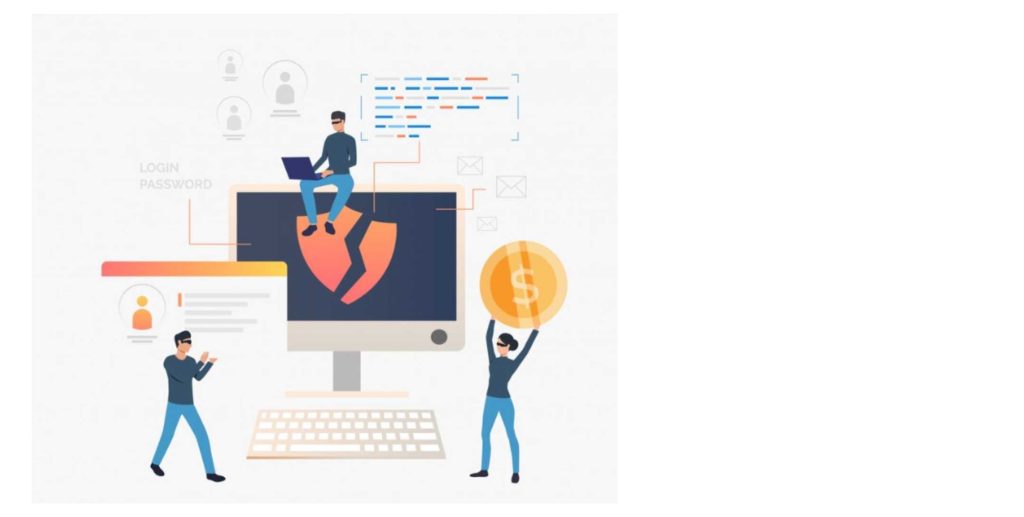
Here is the humanized version of your content:
Some examples include secure sharing products such as LastPass, Dashlane, or Bitwarden. These facilitate the elimination of unnecessary sensitive data exposure. Through the concepts they learn with DevSecOps, they embed security into every step within the development process, ranging from the deployment pipelines to access control.
More than just being compliant, a professional VA knows how to follow your company’s security policies. Additionally, adjust to the secure workflows by your lead developer or IT department. This involves identity and access control, SSH (secure shell) access, changing passwords frequently, and 2FA.
Moreover they have thorough logging, a daily report, and git-committed commits. Ensuring that every step they make is transparent and can be audited. This preventative monitoring enables audits, peace of mind, and troubleshooting.
What to Expect from Backend Development Services:
- NDA-compatible activities on day one.
- Secure password managers (LastPass, Dashlane, etc.)
- Expertise in DevSecOps tools and concepts.
- Conformance to IT policy and lead developer direction.
- Daily logs, audit trails, and safe backups.
When you stick to the best standards and support your team’s workflows, backend virtual assistants don’t just offer flexibility, they offer reliability as well. They represent a marriage of high productivity and ironclad security, meaning they’re perfect allies in any contemporary backend development services strategy.
Conclusion: Which Tech Should You Use in Your Backend?
You see, backends are no longer a technical requirement; they are the digital lifeblood of today’s business. In 2025, businesses will reconsider the way they formulate backend strategies. Since then, however, cloud backend platforms, AI-based automation, and ultra-modular microservices have all raised the bar for backend performance greatly. Speed and pace have become a core part of the growth; however, it’s the security & scalability that can not be compromised.
But not all investment in cutting-edge technologies mandates the formation of massive internal tech teams. Furthermore, the vast majority of companies are going for outsourced backend development to get the best expertise. But at the same time, no permanent overheads. Others are incorporating a backend virtual assistant into their daily workflow to process their backend tasks efficiently and safely.
With smart delegation and the right support systems in place, even non-technical teams can drive forward critical backend development services. From system monitoring and API management to database tuning and cloud infrastructure establishment.
At Tasks Expert, our experts keep you up to date on the latest recommendations, trends, and emerging technologies so you can continually invest in creating and optimizing your infrastructure to address real-world needs. Whether you need repeatable maintenance or one-time backend help, contact us today to keep your systems smarter and your business stronger.
About Us
Tasks Expert offers top-tier virtual assistant services from highly skilled professionals based in India. Our VAs handle a wide range of tasks, from part time personal assistant to specialized services like remote it support services, professional bookkeeping service etc. Furthermore, it helps businesses worldwide streamline operations and boost productivity.
Ready to elevate your business? Book a Call and let Tasks Expert take care of the rest.










